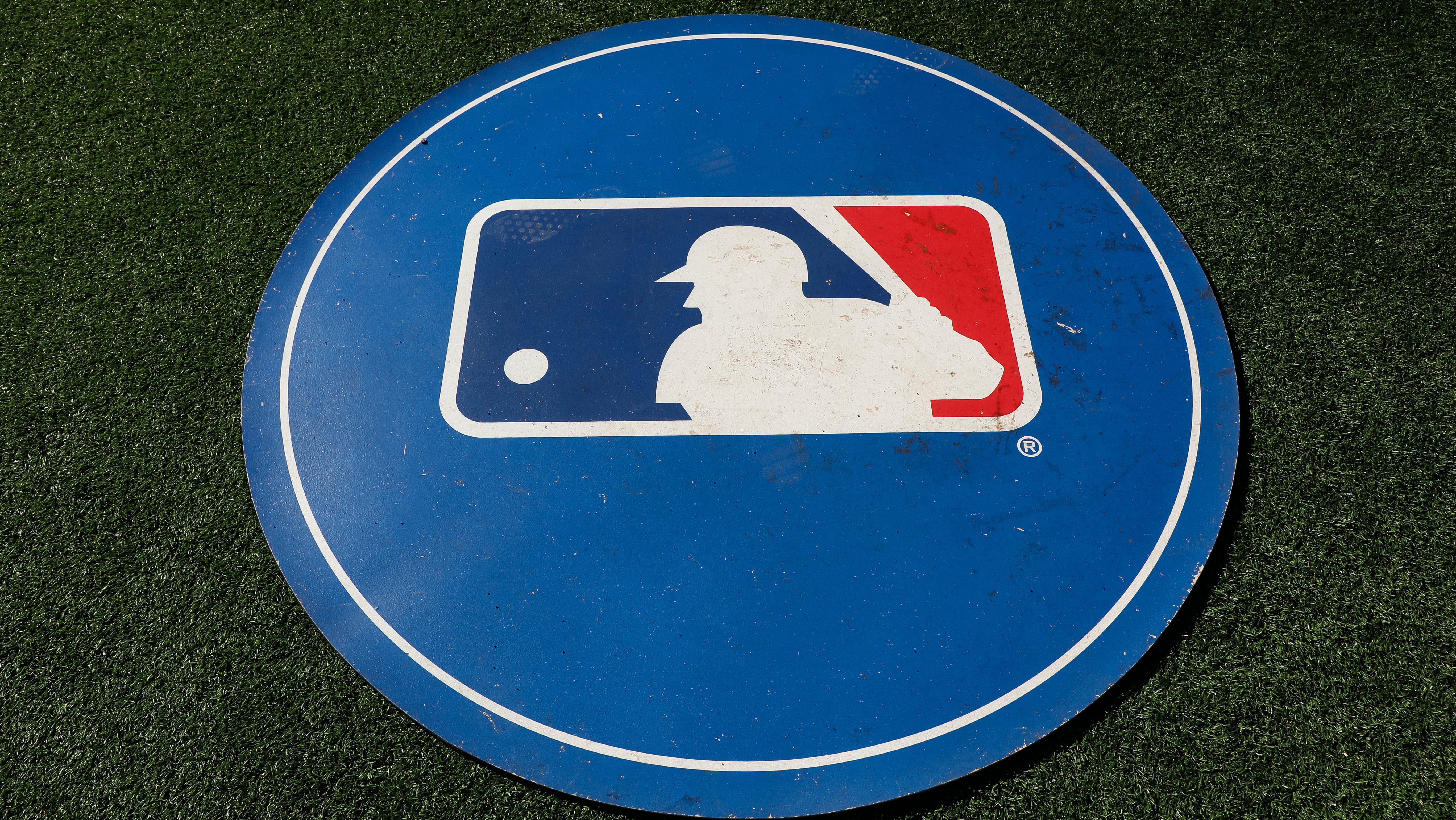Good luck trying to make sense of Jason Heyward's offensive struggles this season.
Heyward is a career .266 hitter with a .777 OPS, yet he sits at .236 and .620, repectively, in those marks entering play Tuesday.
Heyward is riding a quiet seven-game hitting streak in which he's raised his season average 34 points.
He was 5-for-11 against the Pittsburgh Pirates over the weekend, but he's not ready to tempt the baseball gods just yet and say his "baseball luck" is returning to normal levels.
"I'm not gonna say it's evened out yet," Heyward laughed. "But it's good to contribute."
Heyward credited his timing with improved production on the field, which has helped his hits find holes.
He had not been so lucky the first six weeks or so of the season when hard-hit ball after hard-hit ball found defenders' gloves.
MLB
Cubs manager Joe Maddon believes Heyward's baseball luck is returning.
"It's got to," Maddon said. "He's been maligned about not hitting high enough, but that one week we had in St. Louis and Cincinnati, he must've had eight line drives - I mean really well-struck line drives - caught.
"It's gonna come back to him. It's gonna shift back in his favor because he doesn't cave. He doesn't give in. He's not lost confidence. He understands."
Heyward's bad luck this season passes the eye test. For those who have watched the Cubs closely this season, it's easy to understand what Maddon is saying and believe Heyward's luck is turning simply because it has to.
Yet the advanced stats don't necessarily tell the same story.
Typically, when a player is struggling with bad baseball luck as a hitter, their batting average on balls in play (BABIP) is uncharacteristically low. Yet Heyward's .303 mark on the season is only six points off his career mark (.309) and only 26 points off his 2015 BABIP, when he posted a .293 average on the season.
Heyward's strikeout percentage (18.8 percent) is higher than it had been from 2013-15, but still only slightly above his career norm (18.5 percent).
His walk percentage is way up (13.4 percent compared to 9.2 percent last year and 10.6 percent in his career), which should point to better strike zone judgement that typically correlates with a high batting average.
Heyward is also hitting the ball on the ground a lot less than he did last season (46.5 percent in 2016 compared to 57.2 percent) and hitting more line drives (26.3 percent, way above his 18.7 percent career line drive percentage), which should point to a higher batting average.
But here's where things get even more strange: Despite a huge increase in line drives, Heyward's hard-hit percentage is at a career-low 20 percent while his soft-hit percentage is at the highest its been since his second year in the big leagues (2011).
Even a look at more mainstream numbers highlights a worrisome start to the season for Heyward. His slugging percentage is a woeful .276, which is the second-lowest mark in the National League, ahead of only Erick Aybar (who has a .213 SLG).
So what does all this mean?
You can group a bunch of those statistics together and make a justified claim that Heyward has simply been unlucky this year.
You can also grab a few numbers and make a case that Heyward has regressed in his age-26 season.
Regardless of reasoning — Is the $184-million contract weighing on him? Is his wrist injury sapping some power? Has he just been unlucky? — the Cubs are still pretty happy with what production they've gotten from Heyward to date.
Thanks to his high walk rate, Heyward has a .345 on-base percentage and is on pace to score 86 runs while setting the table for Kris Bryant, Anthony Rizzo and Ben Zobrist.
Maddon has insisted on keeping Heyward in the two-hole to date and doesn't see any reason to move him down.
Plus, if Heyward is not hitting the ball with much authority, moving him down behind the heart of the order won't help the Cubs at all.
"His on-base percentage is over 100 points higher than his average hitting," Maddon said. "That is a great guy to have in the two-hole. The rest of the stuff - the power, the gappers - all that stuff's gonna come.
"But I like the way he's starting to get on time. He's starting to show up on time and that's when it's gonna get good for him."


